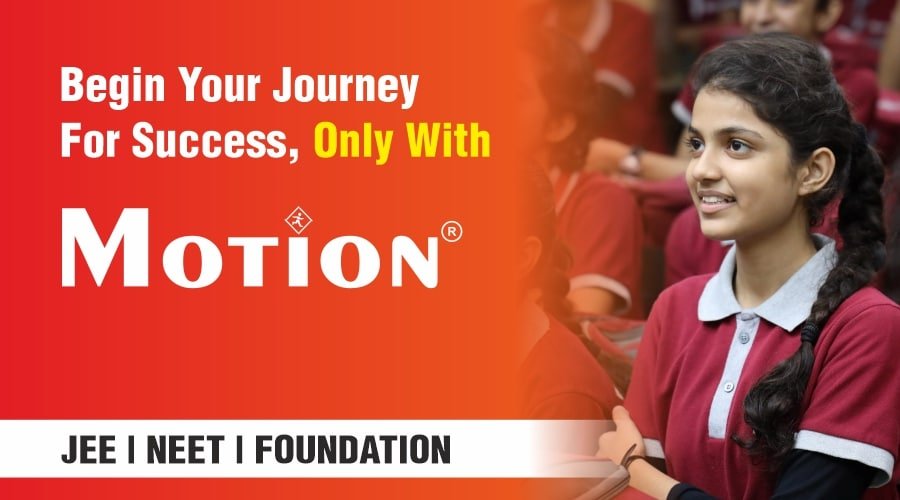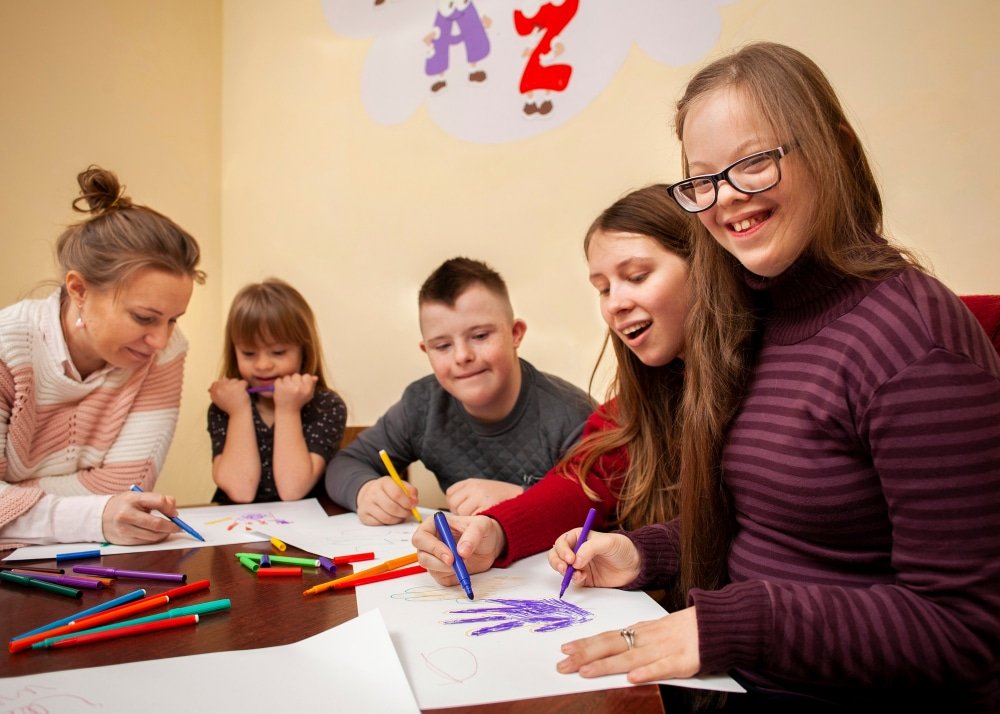In today’s rapidly evolving educational landscape, inclusive and assistive technologies are transforming the way learners with disabilities experience education. These technologies are not just tools but lifelines, providing new opportunities and overcoming barriers that once seemed insurmountable. By integrating these technologies into the classroom and beyond, educators and institutions are creating a more equitable learning environment where every student has the potential to thrive.
The Basics of Inclusive and Assistive Technologies:
Inclusive technologies are designed to be accessible to all learners, regardless of their abilities or disabilities. These technologies aim to accommodate a wide range of needs and ensure that everyone has equal access to educational resources. Assistive technologies, on the other hand, are specifically designed to support individuals with disabilities by enhancing their ability to perform tasks that might otherwise be challenging. MOTION- best coaching institute we believe to follow the approach to Interactive Education as a priority.
In what ways do these technologies help?
1. Enhanced Access to Curriculum-
Inclusive and assistive technologies break down the barriers that often prevent learners with disabilities from fully accessing educational materials. By providing alternative ways to interact with content such as audio versions of textbooks or adaptive learning software- these technologies ensure that every student can engage with the curriculum.
2. Enhances literacy and numeracy for diverse disabilities-
A global, systematic review for children with Down syndrome found that assistive technology can help the development of numeracy, speech, language, memory, and social skills. Assistive devices, like adaptive keyboards and speech recognition software, facilitate independent completion of tasks by accommodating physical or cognitive challenges. Additionally, real-time feedback from educational software helps students quickly identify and correct errors, reinforcing their understanding of concepts.
3. Increased Independence and Confidence-
Assistive technologies play a transformative role in empowering students by offering tools that enhance their independence and self-reliance. For example, speech-to-text tools are particularly impactful for students with writing difficulties or physical impairments. These tools enable students to verbally articulate their ideas, which are then transcribed into written text by the software. This functionality eliminates the need for a scribe or additional help in writing, allowing students to complete assignments and communicate their thoughts more efficiently. MOTION, also known as the best coaching institute in india offers the best study materials, which cover the most important concepts and include related images to help you grasp the foundations.
4. Facilitation of Communication-
AAC devices, such as communication boards and speech-generating devices, provide non-verbal individuals with a means to express themselves. These tools range from simple picture boards to advanced electronic devices that generate speech. For learners with communication challenges, assistive technologies can be life-changing. Devices and applications that support alternative forms of communication enable students to express their needs, participate in discussions, and engage in social interactions with their peers, enhancing their overall educational experience.
5. Support for Teachers and Educators-
Inclusive and assistive technologies also benefit educators by providing resources and strategies to better support diverse learners. Training in these technologies equips teachers with the skills to implement them effectively, fostering an inclusive classroom environment where every student can succeed. Professional development programs often include practical workshops and hands-on experience, enabling educators to become proficient in using these technologies and incorporating them into their teaching practices. At MOTION- best iit-jee coaching institute in hyderabad The faculty are diverse and have a wide range of academic skills and knowledge.
The Future of Inclusive and Assistive Technologies:
The future of inclusive and assistive technologies holds immense promise. Advances in artificial intelligence, machine learning, and virtual reality are expected to further enhance the capabilities of these tools, providing even more innovative solutions to support learners with disabilities. As educational institutions, policymakers, and technology developers continue to collaborate, the goal is to create a world where every learner, regardless of their abilities, has access to the resources and opportunities they need to succeed
In conclusion, the integration of inclusive and assistive technologies is a transformative force in education. By addressing barriers and fostering a supportive learning environment, these technologies are indeed life-changers for learners with disabilities, helping them achieve their full potential and thrive in their educational journeys. Join MOTION, also known as the best coaching institute today for best results!










